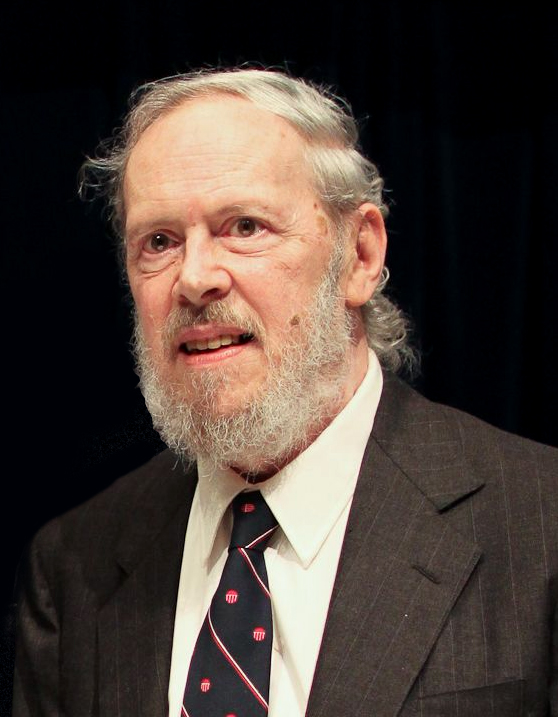UNIX, as the world knows it today, is the happy
outcome of the proverbial rags-to-riches story. The origin of the Unix can be traced back to 1965,when a
joint venture was undertaken by Bell Telephone Lab, the General Electric
Company and Massachusetts Institute of Technology. The aim was to develop an OS
that could serve a large Community of users and allow them to share data if
needed.
 |
| Dennis Ritchie |
Even after much time, resources and efforts had been
devoted to the project, the convenient interactive computing service as quoted
by Ritchie, failed to materialize. This led Dennis Ritchie and Ken Thompson,
both AT&T to start a fresh on what their mind eye had a illustriously
envisioned. Thus in 1969 the two along with few evolved what was to be the
first version of the multiuser system Unix, Armed with a museum piece of a
computer called PDP-7, a rudimentary file system was developed. This system was
christened UNIX by Brian Kernighan.
 |
| Ken Thompson |
Later in 1971 Unix was ported to a PDP-11 computer
with a 512KB disk. Unix then was a 16KB system with 8KB for the user programs
and an upper limit of 64KB per file. All its assembly code being machine
dependent, the version was not portable a key requirement for a successful OS.
To Remedy this, Ken Thompson created a new language
‘B’ and set about the herculean task of rewriting the whole Unix Code in this
high level language.’B’ lacked in several aspects necessary for real life programming.
Ritchie sifted the inadequacies of B and modified it to a new language which he
named as ‘C’ – the language which finally enabled Unix to stand tall on any
machines. Thus by 1973 Unix had come a long way from its PDP-7 days and soon
licensed to quite a number of Universities, companies and other commercial
institutions.
 |
| Brian Kernighan |
About Unix
 Reviewed by ITAdmin
on
May 09, 2015
Rating:
Reviewed by ITAdmin
on
May 09, 2015
Rating:
 Reviewed by ITAdmin
on
May 09, 2015
Rating:
Reviewed by ITAdmin
on
May 09, 2015
Rating:







No comments: